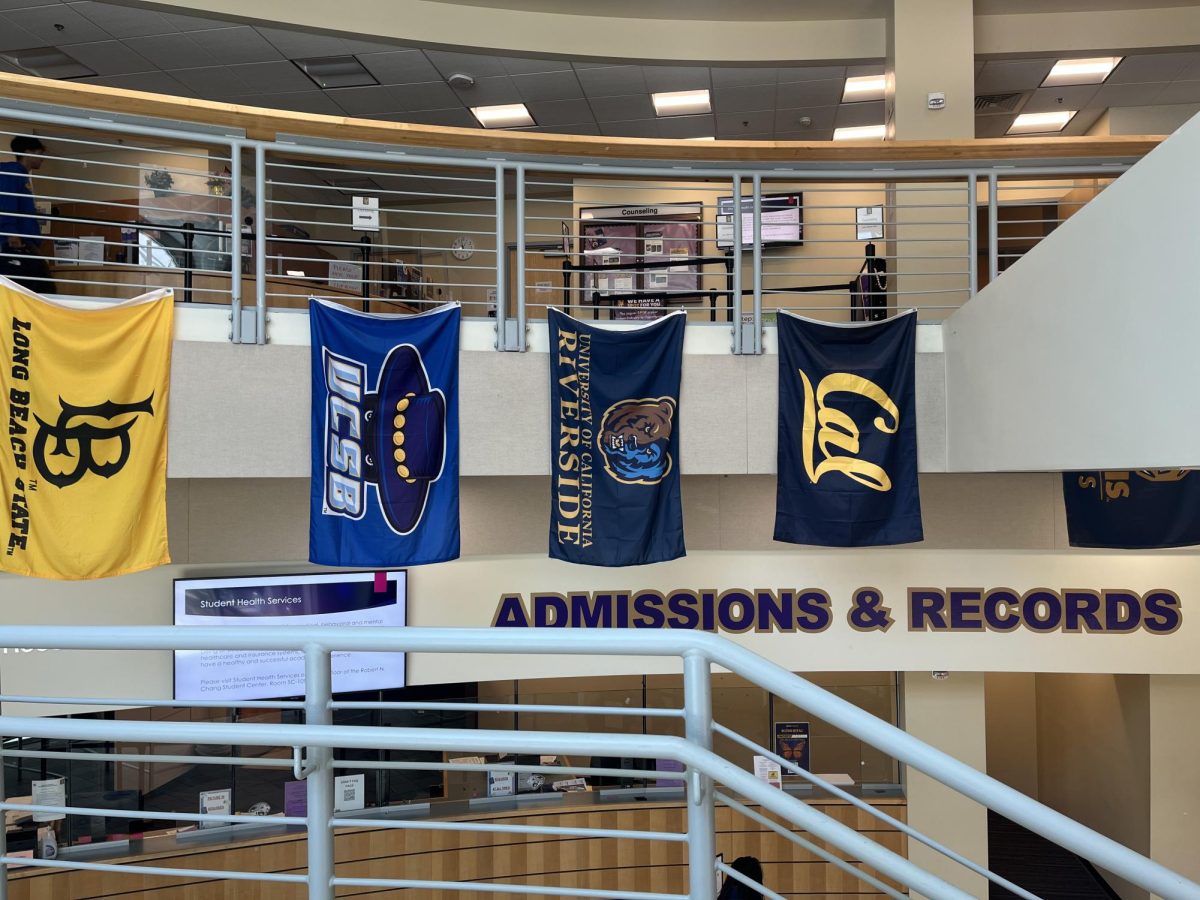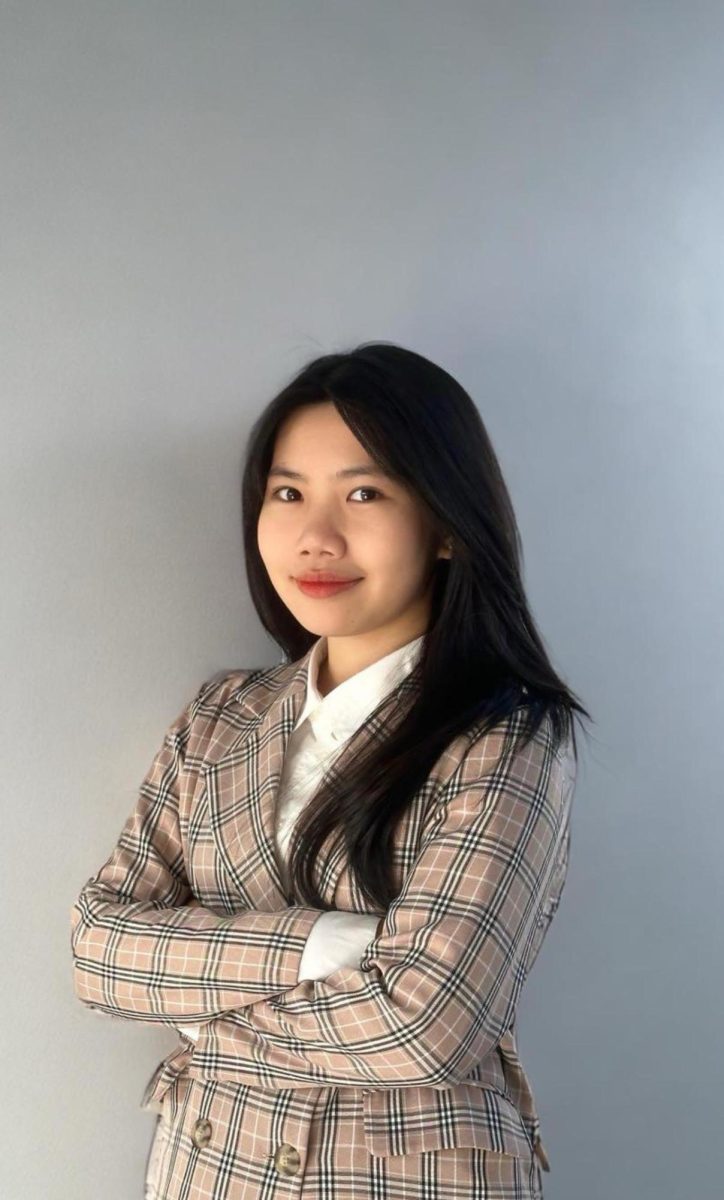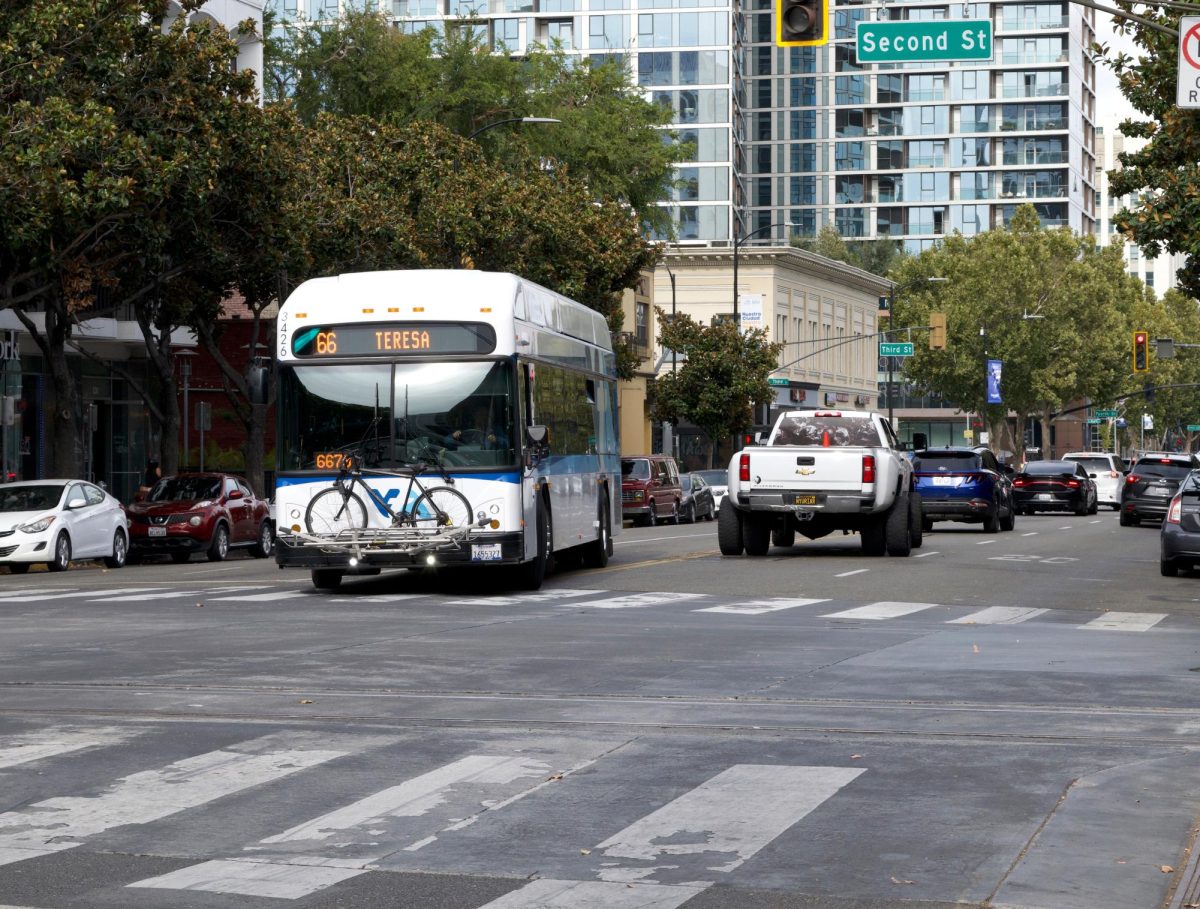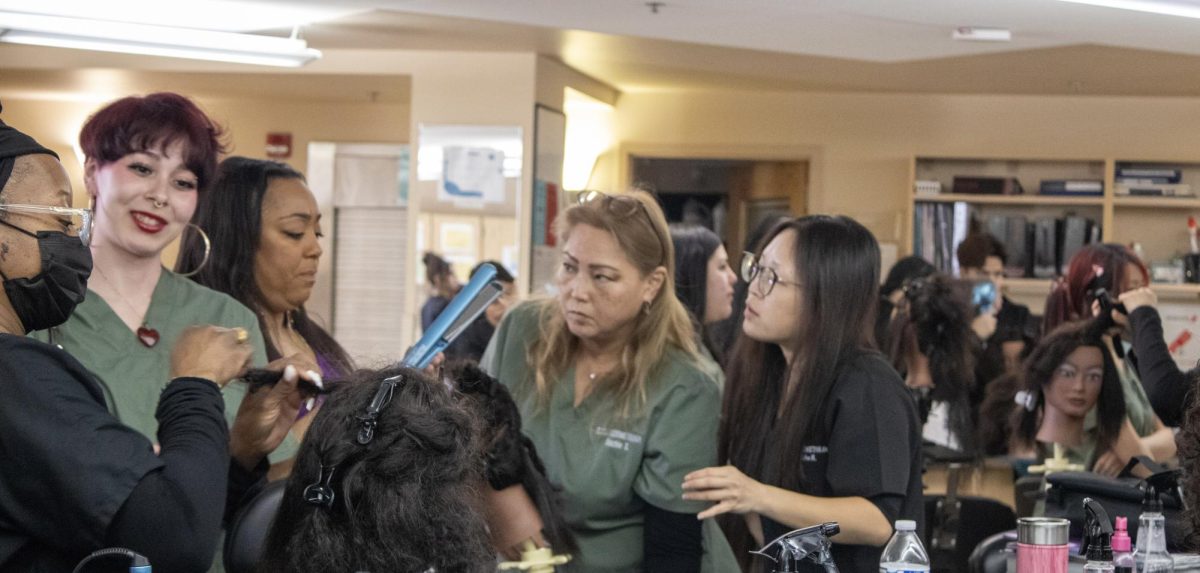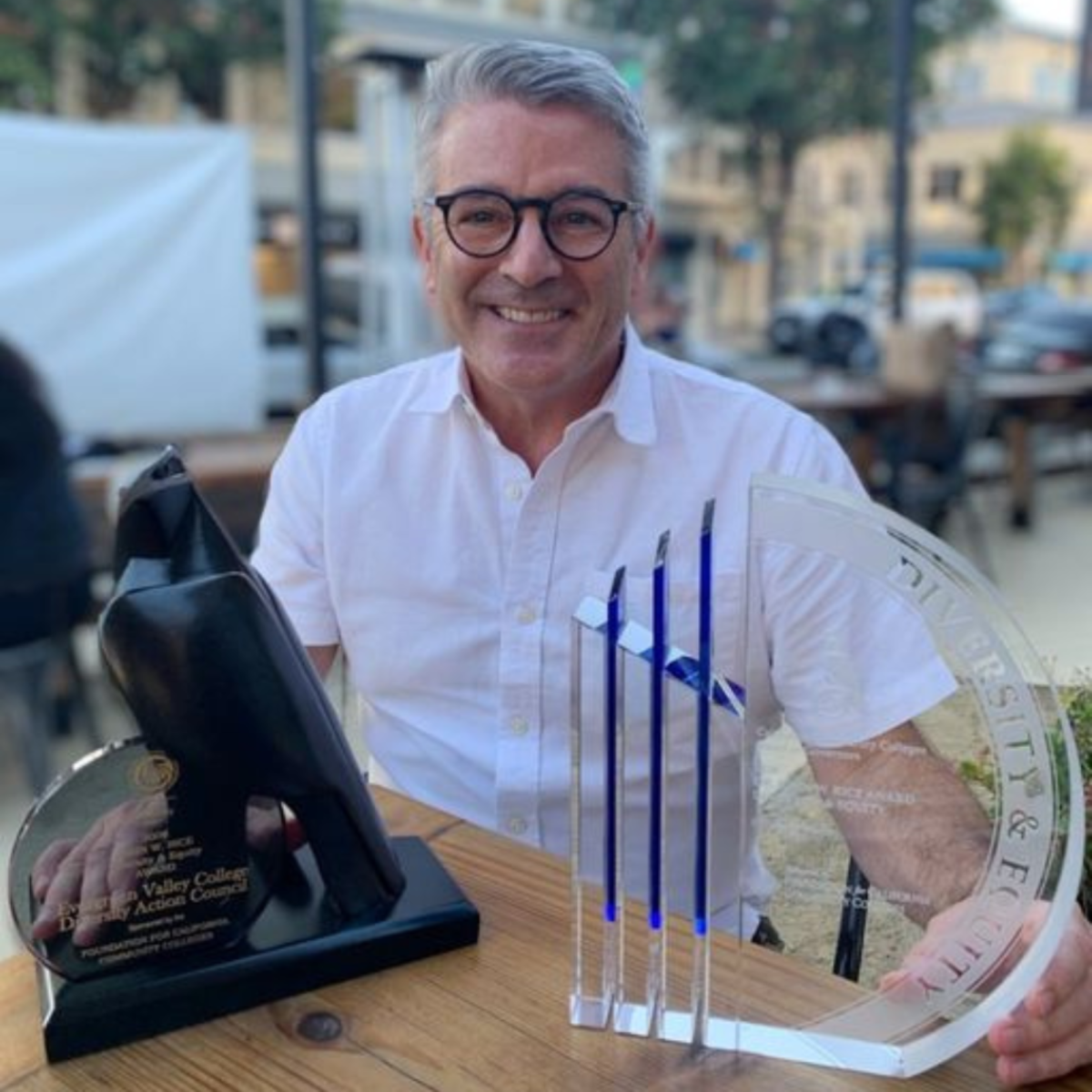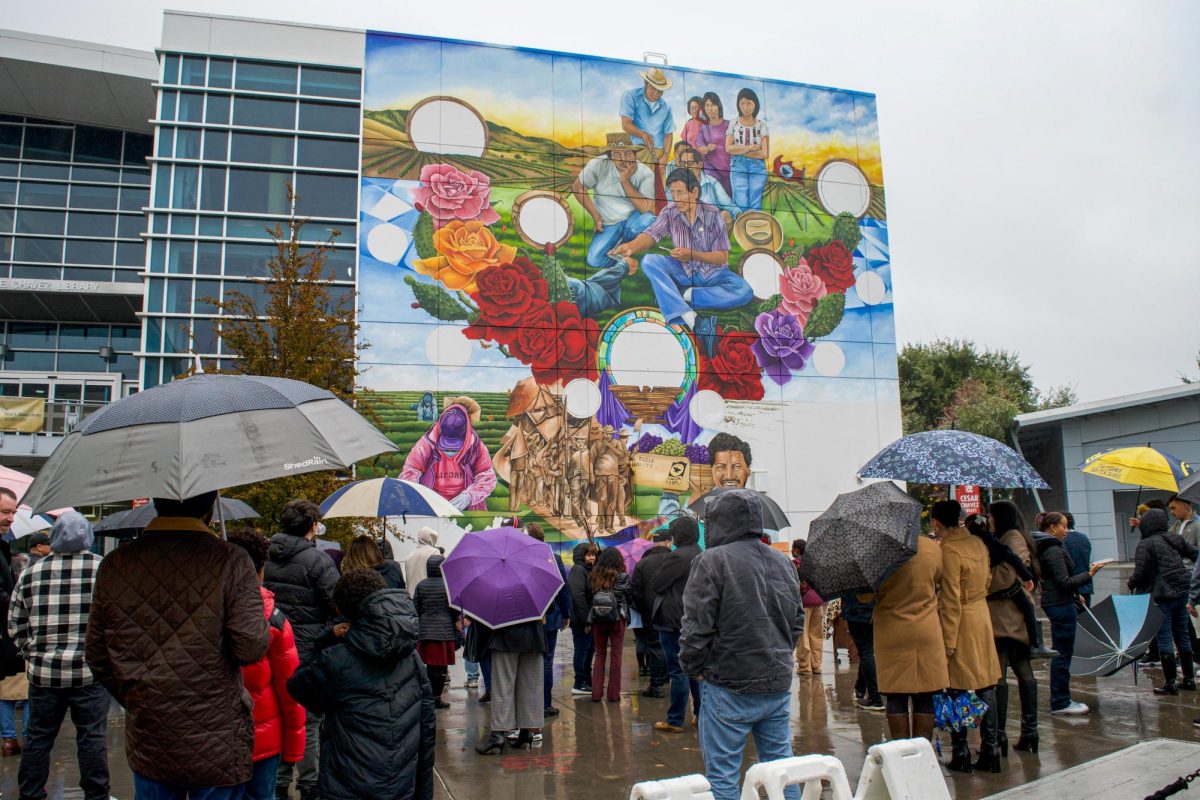BY KAYNE GALLEGOS
TIMES STAFF
The way you look at the world, and themselves, is made up of who you are, and who you think you are, as students had learned last semester.
The students of Communications class 35, Intercultural Communications, took a DNA test from 23andMe for a project that had them use the results to evaluate their identities.
The project was designed to take the holistic and compartmentalized disciplines of education and interlink them. It takes DNA testing, which usually is only used in biology classes, and looks at them through a cultural aspect. The students have to look at their DNA and connect it to their lives, their family history and the traditions that they practice.
Identity is the core of the project the students did. The first step is looking at their preexisting identity.
Some students learned a lot by doing the test. Tiffany Daniel had an idea of her heritage, with her mom being adopted, and Brazilian, and her dad being Scottish. The test came back, and she was largely European. She said she received “a greater sense of personal identity.” However, many students had strong preexisting cultural identities.
Adela Gonzales had a strong grasp of her ethnicity. “I’m just a loud Mexican that probably screamed all weekend,” she said. She pointed out how she had Yucateco ancestry, a mix of Spanish and Mayan blood, along with a dash of German. The DNA test was not too important to her identity. “(The DNA test) doesn’t really change anything. I am who I am,” Gonzales said. Andrew Nguyen said, “I guess I don’t really know myself all that well.” He mentioned that he was raised in the Vietnamese culture, and lived in Vietnam. He was big- ger and darker than his contemporaries, and everyone thought he was Filipino. His dad even thought there was Filipino blood in the family. He took the opportunity to learn about the new culture. He became a man of two cultures. When Nguyen took the 23 andMe test, he got a surprise. No Filipino blood. Mostly Vietnamese, Chinese, Thai and Japanese. But he lived with the belief that he is Vietnamese/Filipino, so he just decides to roll with it. “Yeah, I’m Filipino,” he said. Cultural heritage is a pillar in many of the students’ lives. Crystal Flores was raised in Mexican/American culture. She had Spanish as her prior language. She has encountered discrimination based on her culture, and this has led her to feel great pride in her heritage.
“Be proud of who you turn out to be,” she said. Other students took a different look at identity. Manny turned out to have Mexican and Iberian blood, but it is not really on his list of priorities. “Race is a social construct. … It goes against what we are as humans,” he said. The project was designed to make the students look at and evaluate their cultural identities, which is a topic coming up more often in regards to political climate. Shelley Giacalone, professor of the course, said that the class serves as “A diversity training workshop. (It’s) to create more racial and ethnic tolerance. Listening to others’ stories is powerful.”

